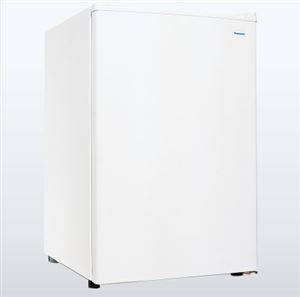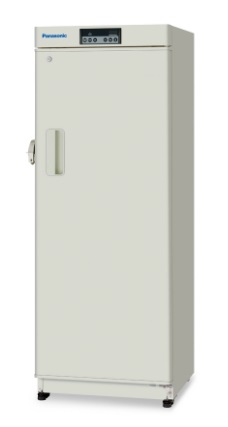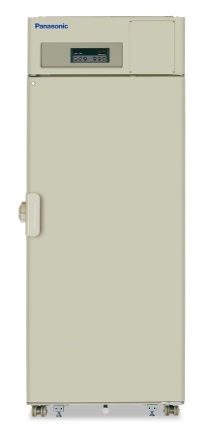Home » Lab Equipment Supplies » Tips For Selecting Lab Freezers » Tips For Selecting Lab Freezers
Tips For Selecting Lab Freezers
There are a wide range of different sizes and styles of lab freezers available on the market today. Understanding the number of samples and the types of samples that will need to be stored in the freezer will be essential in determining which model is the most appropriate for each individual lab. Generally most labs tend to increase in samples handled over time, so choosing freezers that are larger than you currently need will ensure that your equipment is not falling behind the capacity of the lab.
The size of lab freezers will be restricted by the actual physical space that you have in the lab. Some of the largest 20 plus cubic foot freezers actually take up very little floor space, but they are the size of a standard upright freezer for home use at about 66 inches. Some models of these large size enzyme freezers may take up just slightly over six square feet of floor space. Smaller 6.1 and 7 cubic foot freezers may be designed on a forced air ventilation system and can be easily mounted under a counter with no negative effects on cooling and temperature control. These zero-clearance built-in types of freezers are ideal at specific work stations and areas throughout a lab.
Energy efficiency is important in most hospital, clinical and medical settings today so looking for energy efficient lab freezers is a must. These can be stand alone types of freezers or the built in or under the counter varieties. Look for a commercial rating for laboratory use as well as specifications for the temperature range that is required. Generally manufacturers of commercially rated freezers will provide a temperature range of -30 degrees Celsius to -20 degrees Celsius which coverts to a low of -22 to a high of -4 degrees Fahrenheit. Temperature uniformity should also be reviewed in the specs of the freezers you are considering. A temperature uniformity of between plus or minus 2.5 degrees Celsius is effective for most laboratory applications and uses.
The warning systems and temperature control systems are also an important aspect to compare between laboratory freezers. Digital temperature set points and digital displays make it easy to constantly monitor and adjust the temperature as needed. A microprocessor based system is used within most lab freezers to ensure that the temperature is adjusted automatically and whenever there is a deviation beyond the 2.5 degrees Celsius. Additionally most of the standard units will also have a built-in temperature alarm that signs changes outside of the set limits. Remote monitoring may also be possible with many lab freezers, which is essential with labs that have any down time.
The configuration of shelves, compartments and bins is a consideration for most labs. There are lab freezers that provide options for configuration of the internal components and others that are pre-set and are not adjustable. Knowing the specific uses for the lab freezers will help in determining if adjustable configuration is an important consideration or if standard bins or shelves are all that is required.













 Unit: single
Unit: single




